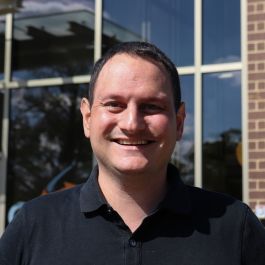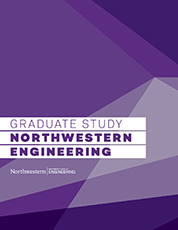Dan Greenberg, EDI '15Senior Product Design Engineer, Chief Enterprises

Alumni Interview
Tell us what your current title is and what your role entails.
I'm a Senior Product Design Engineer. Part of my role is to take customer specifications and make them manufacturable. The other part is to innovate on our current product line of PDMs (Power Distribution Modules) to make them more valuable and robust compared to the competition.
When you started EDI, did you know what industry you wanted to work in?
I knew I wanted to be in product development, but wasn't sure what industry. All I knew was that I wanted to apply human-centered physical design to whatever career I took.
Tell us about an EDI course that made an impact on you.
DPI (Designing Product Interactions) solidified my desire to work in the tangible interaction design space. The class broadened my sense of what it meant to design for an end user, considering senses, emotion, and cultural norms beyond simple affordances or signaling.
What is one lesson you learned during your EDI journey that has stuck with you?
Human hands are the most intricate input devices and touch screens deprive us from using them to our full capacity. The only ways we would use our hands the way we do with touch screens in the past was finger painting or to write "wash me" on a dirty car. Also, it's *never* the users fault if they don't know how to use your design.
What was your EDI thesis project and what inspired you to pursue it?
My EDI thesis was to innovate on the bagel cutter home appliance. Safety, ease of use, cleanliness, and novelty were all aspects of the design to improve upon. My thesis advisor was Walter Herbst, who is heavily involved in housewares. When thinking about products from my past, I remembered my mom had severely cut herself when cleaning a bagel cutter when I was a child. My first job in high school was at a bagel shop where a giant 16" circle saw sliced bagels as they came down a conveyor belt. It inspired me to make a toaster-sized bagel cutter using similar techniques, solving many issues with products currently on the market.
What advice do you have for an EDI student interested in working in your industry?
Take as many classes as you can with physical or tangible outputs. Even renders are okay! If you want to go into product development, a UI or design research case study isn't going to make you stand out. Showing your design thinking process to achieve a product concept or prototype will go a long way

